Four Multi-GPU Z77 Boards from $280-$350 - PLX PEX 8747 featuring Gigabyte, ASRock, ECS and EVGA
by Ian Cutress on August 22, 2012 9:15 AM ESTGigabyte G1.Sniper 3 Software
Much like the BIOS in the G1.Sniper 3 is essentially identical to that found in the Z77X-UD5H, there is not much difference in the software either. We still have the main stables of the software – EasyTune6 for monitoring and overclocking, @BIOS for updating the BIOS and 3D BIOS to adjust LLC settings and the power delivery on the fly. Due to some of the extra feature adjustments on the G1.Sniper 3 over the UD5H though, we also have software to manage the Qualcomm Atheros Killer Network controller, as well as the Creative audio chip on board.
For installation of the software and drivers, the install CD that comes with the motherboard is simple to use – a one button click will install all the drivers and most of the software, including those needed for extra controllers and EasyTune6. 3D BIOS and software to enable 3TB hard drives is not installed by default however – these can be manually selected via the options menu. One other feature that we have not covered before, Gigabyte TweakLauncher, has to be downloaded from the website to be installed. This ‘new’ software is described below. After we finished testing the motherboard, Gigabyte released new software called ‘USB Blocker’ designed to restrict unwanted USB devices. We will be covering this software in a later review, however it will be available for the G1.Sniper 3.
EasyTune6
EasyTune 6 is Gigabyte’s attempt to bring together a lot of the functionality that the software should do in one package. Through ET6, we can perform automatic overclocking or manual overclocking, gather information regarding the system and the CPU being used, adjust the fan settings, or monitor the hardware voltages and temperatures.
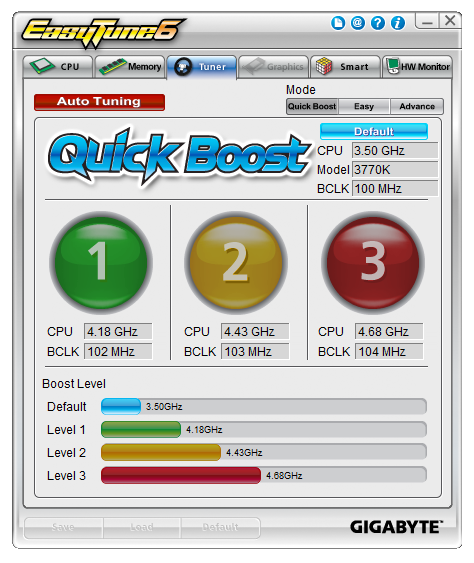
The first menu of ET6 takes us to the Tuner menu, which offers three level of overclocks (as shown above) as well as an ‘Auto Tuning’ option. The effect of these buttons is described in our overclocking section for this motherboard. Under the ‘Easy’ and ‘Advance’ options in the top right of the Tuner tab, we can explore the multiplier and voltage adjustments that ET6 allows:
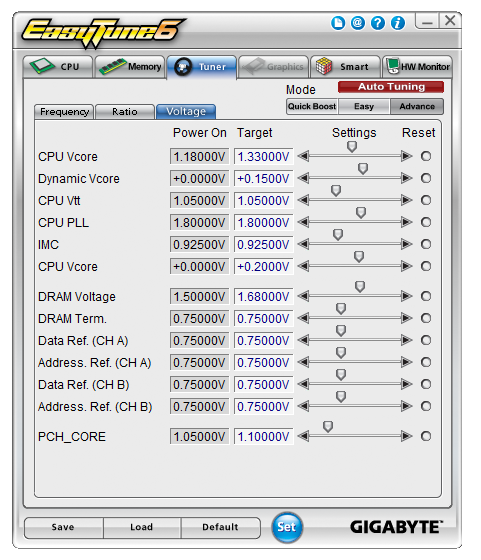
The main take-home point of ET6, apart from the fact that it is starting to look a little dated as it has not changed in at least 18 months, is that the fan controls are awkward compared to those provided by other manufacturers.

Users can set the CPU fan, the System fans, or the second series of fans as part of three different series each with their own ramp from a low speed to a high speed. These fan controls are easier to digest than those found in the BIOS, but Gigabyte needs to invest a bit more into their fan controllers and also the software that comes with controlling them.
It is also worth pointing out that ET6 still has the issue plaguing our Deferred Procedure Call testing, which determines how smoothly the processor goes through requests. Due to the monitoring software of ET6, every few seconds it causes the DPC to rise to 20 times its normal value. This can have serious effects in audio processing, introducing offsets of a couple of milliseconds. This situation can be avoided by turning off the ET6 software.
Qualcomm Atheros Killer Network Manager
As the Gigabyte G1.Sniper 3 comes with a Killer NIC onboard, there is also software designed to help manage this functionality. The Killer NIC is designed to prioritize certain kinds of traffic over others as well as reduce CPU usage, such that playing video games either at a LAN or on the internet is not disturbed by the network interface. This system is a combination of hardware and software, and the software allows for that priority configuration to be manipulated.
Users will notice a new icon in their task bar when the software is installed, which will bring up the following ‘Overview’ screen of the software:
The software gives a good overview of the system being used, but the crucial options are found in the applications menu.
This allows users to see all the programs that request network services, and then give them a rating to indicate which ones have priority. For most gamers, this puts the game and any VOIP at the top priority, and everything else at the lowest. If the lowest priority programs request more networking resources when the priority programs require them, then the low priority requests are throttled. Users can also monitor the data through the network port though this tool.
SoundBlaster THX TruStudio
Similar to the software management of the Killer NIC, the Creative audio chip on board has its own set of software utilities to manage the sound delivery on the motherboard. The software comes in the form of SoundBlaster THX TruStudio, and offers customization of all the audio ports in terms to an equalizer, setup, and enhanced voice controls. As part of this package, there is also proprietary post-audio processing technology to enhance audio related to in-game footsteps, to help determine when that enemy is creeping up behind you.
@BIOS
Users have two options to update the BIOS on a Gigabyte motherboard – if you have access to the internet via another computer and a USB stick, the BIOS can be updated through the BIOS itself and the Q-Flash utility. If that is not available (or the new BIOS is sufficiently different such that Q-Flash does not recognize the new BIOS), then in the operating system @BIOS can be used. The @BIOS system can check the Gigabyte servers for the latest BIOS for the motherboard and download it appropriately.
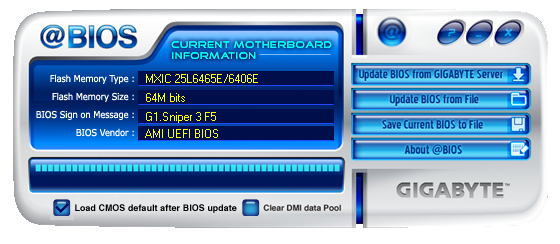
Gigabyte TweakLauncher (GBTL)
One relatively new bit of software to be released alongside Z77 motherboards is the Gigabyte TweakLauncher. This software is designed for competitive overclocking rather than any other overclocking, as it takes the entire GUI out of the overclock options in ET6 and gives the user the bare basics to give on-the-fly adjustments. This software is not available on the CD, but only through a download on the Gigabyte website.
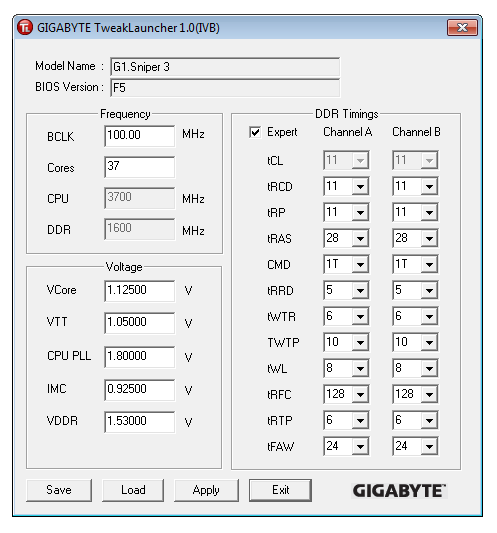


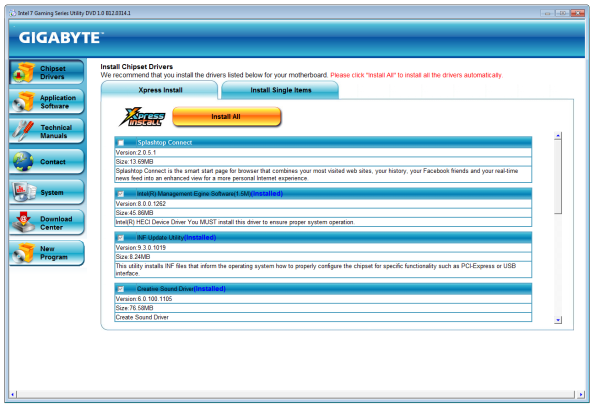
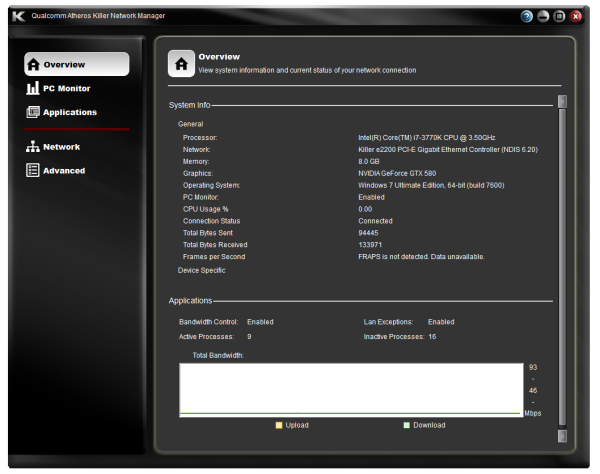
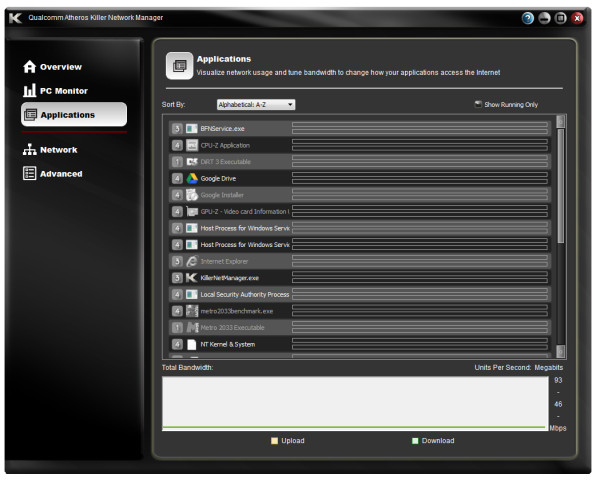
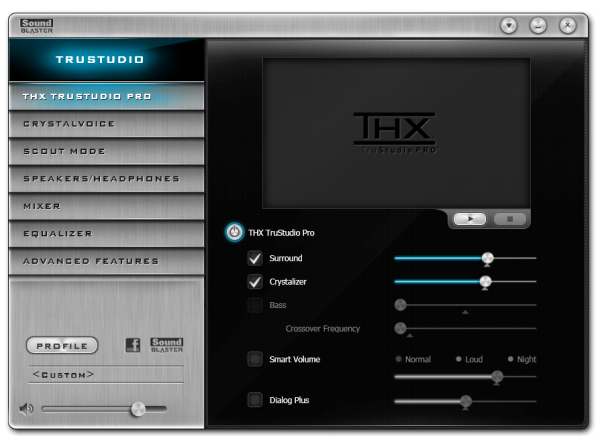
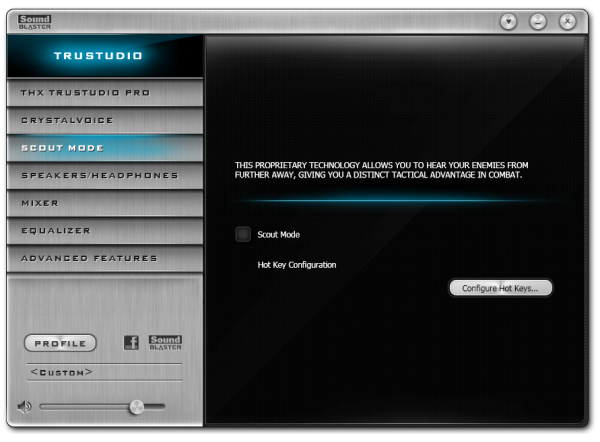














24 Comments
View All Comments
Namesblank - Tuesday, July 26, 2022 - link
10 years later, people be looking for how to build system with 20+ GPUs lmaomayankleoboy1 - Wednesday, August 22, 2012 - link
Where are the GPGPU benchmarks? AFAIK, those are affected by the PCIE 3.0 bandwidth, as shown in the HD7970 review.Games are more or less happy with a PCIE2.0 x8 .
MrSpadge - Thursday, August 23, 2012 - link
A few GP-GPU apps are affected, most aren't. Even PCIe 3 is slow as hell from the perspective of the GPU, so you try to avoid external communication as much as possible.TimoKyyro - Wednesday, August 29, 2012 - link
I was hoping to see some GPU rendering too. I'm using CUDA on Blender and I really need more GPU power. It would be nice to know if there is a difference between 4x 680 or 2x 690 on different PCIe setups.extide - Wednesday, August 22, 2012 - link
Thanks for providing the diagrams of lane routing. I wish ALL manufacturers would supply a diagram with their boards so you know how to set it up when you are building a system. Sadly, these diagrams are the exception, not the rule. :(processinfo - Wednesday, August 22, 2012 - link
For me only EVGA seems worth consideration (I don’t like a fan on chipset though).I have few requirements that others do not meet.
I want PS/2 keyboard port (don’t care about mouse). I don’t see it as legacy. It is still superior to USB for keyboard. Works on interrupts instead of pulling, allows as many keys pressed without ghosting as you wish (know it probably does not matter in real life but I like that anyway).
Display port output is mandatory for me these days. While it is true that this kind of mobo will run dedicated graphics card (or more than one for that matter) I like to have output here for possibility to use it with CPU graphics if my graphic cards breaks and needs replacement (I had that happen and waited almost two weeks for new one). HDMI is no go because does not support high enough resolution.
Gigabyte is out for me because audio chip. Maybe it is better but it does not do 7.1 and I will lose two channels in my Tiamat 7.1 headset.
rwpritchett - Wednesday, August 22, 2012 - link
You should check out some of the newer USB keyboards. I don't know how they do it, but some of them can now do full NKRO without PS/2. My Nighthawk X9 can do full NKRO over USB.processinfo - Thursday, August 23, 2012 - link
Interesting but this is not possible with standard USB keyboard protocol. If it does that it has to use some tricks and most likely custom keyboard driver.Also I have Thermaltake Meka G1 that I like and I purchased because I got tired replacing membrane keyboards so I rather buy motherboard with PS/2 then new keyboard.
My point is that at this price point and clearly meant for gamers (who else is using more than one graphic card in non-workstation pc) they should think about such details especially when they go overboard with other ports, e.g., who needs all 4 kinds of display output on gaming mobo, or 10 USB ports on back plate alone (if you need plenty you can have them on bracket connected to header).
MacGyverSG1 - Wednesday, August 22, 2012 - link
I loved the review. The G1.Sniper 3 was on my short list for a while. Could get back on, though.I'm waiting for the ASUS Maximus V Extreme to get tested next.
I only need a motherboard to complete my new build. I plan on running this new rig for 6+ years so I want a board that can keep up with the times.
just4U - Thursday, August 23, 2012 - link
I am staying away from the Rampage/Maximus lines from Asus this time out as Gigabyte has pretty much brought better value accross the board on their gamer boards. I don't expect Asus to catch up till the next chipset..